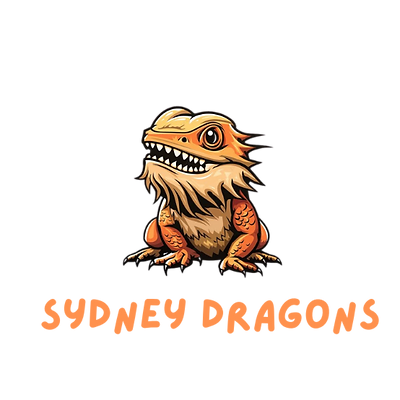top of page
Bearded Dragon care

Bearded Dragon Care: A Comprehensive GuideBearded dragons, known for their friendly demeanor and striking appearance, are among the most popular pet reptiles in the world. Native to the arid regions of Australia, these lizards have adapted well to captivity when provided with the right environment, diet, and care. Whether you are a first-time reptile owner or an experienced herpetologist, understanding the fundamental aspects of bearded dragon care is essential for ensuring a long, healthy life for your scaly companion.
Housing and Enclosure Requirements
Proper housing is one of the most important aspects of caring for a bearded dragon. A suitable enclosure should mimic the dry, warm environment of their natural habitat. For baby dragons, a 20 to 40-gallon tank may suffice, but adults require a significantly larger space — at least 75 to 120 gallons — to allow for comfortable movement and proper temperature regulation.Inside the enclosure, substrate choice is critical. Safe options include reptile carpet, ceramic tile, or paper towels, all of which are easy to clean and reduce the risk of impaction, a serious condition caused by ingesting loose substrates like sand. The tank should be decorated with sturdy climbing branches, basking platforms, rocks, and hiding spots to offer both stimulation and security.
Lighting and Heating
Bearded dragons are ectothermic, relying on external heat sources to regulate their body temperature. Therefore, proper lighting and heating are essential. A full-spectrum UVB bulb, such as a ReptiSun 10.0 T5 HO, is necessary for synthesizing vitamin D3 and metabolizing calcium. This light should be on for 12 to 14 hours per day and placed within 6 to 12 inches of the basking area.Temperature gradients must be maintained across the enclosure, with a basking spot reaching between 95°F and 110°F and a cooler side ranging from 75°F to 85°F. At night, temperatures can safely drop to around 65°F. Using digital thermometers and an infrared temperature gun helps ensure accurate readings. Without proper lighting and heat, bearded dragons can develop metabolic bone disease and other health issues.
Diet and Nutrition
Bearded dragons are omnivores and require a balanced diet of insects, leafy greens, vegetables, and occasional fruits. Their dietary needs change with age. Juveniles require a protein-heavy diet consisting of about 80% insects such as small crickets, Dubia roaches, and black soldier fly larvae. These should be offered two to three times a day and dusted daily with calcium powder and supplemented with vitamins a few times per week.As dragons mature, their diet should shift to 80% plant-based foods and 20% protein. Staple greens include collard, mustard, and dandelion greens, while vegetables like squash and bell peppers can be offered regularly. Fruits, including blueberries and apples, should only be given occasionally due to their sugar content. Fresh water should always be available, although bearded dragons often hydrate through their food or occasional soaking.
Hydration and Hygiene
While bearded dragons originate from arid regions, hydration remains important. A shallow dish of clean water should always be present in the enclosure, though some dragons may prefer to lick water droplets from their snout. Light misting or offering water via a dropper can help, particularly during shedding. Bathing your dragon once or twice a week not only promotes hydration but also helps with the shedding process and general cleanliness.Maintaining a clean environment is key to your bearded dragon’s health. The enclosure should be spot-cleaned daily to remove feces and uneaten food, while a more thorough cleaning with reptile-safe disinfectant should be done weekly. Cleanliness reduces the risk of bacterial infections and helps keep the enclosure smelling fresh.
Health and Behaviour Monitoring
Bearded dragons are generally hardy reptiles, but they can suffer from various health problems if not properly cared for. Signs of a healthy dragon include clear eyes, strong appetite, regular activity, and smooth, regular shedding. Warning signs such as lethargy, lack of appetite, sunken eyes, or abnormal stool should prompt a visit to a reptile-savvy veterinarian. Annual wellness exams are recommended to catch potential health issues early.Behaviorally, bearded dragons are known for their calm and inquisitive nature. They often tolerate regular handling well and can form a bond with their owner. Handling should be gentle and brief at first, gradually increasing as the dragon becomes more comfortable. Providing supervised time outside the enclosure and occasionally rearranging the tank setup can offer mental stimulation and enrichment.
Conclusion
Bearded dragons make excellent pets for those willing to commit to their care. With the right environment, diet, lighting, and attention, these reptiles can thrive in captivity and offer years of companionship. By understanding and meeting their needs, owners not only ensure the well-being of their dragon but also gain the joy of caring for one of nature’s most fascinating creatures.
bottom of page





